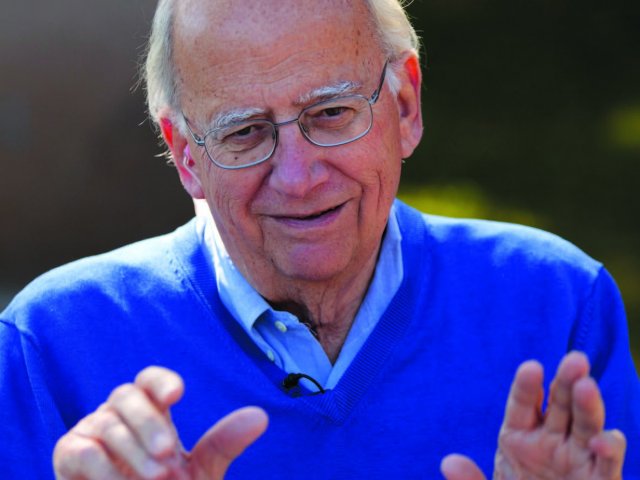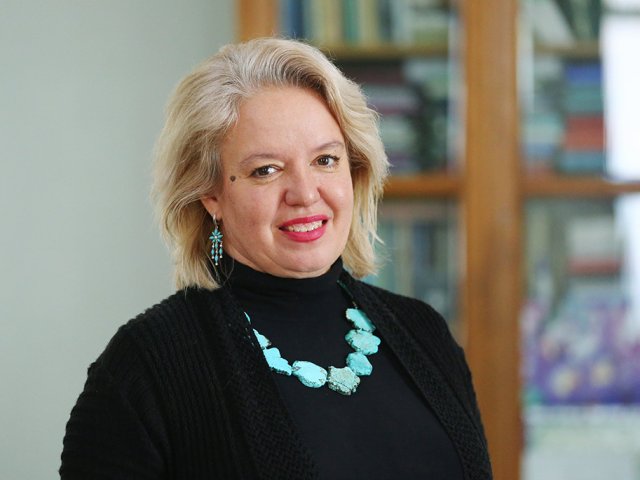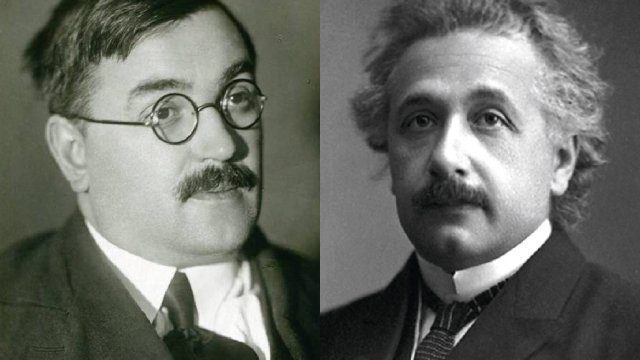Official:
Georgius Agricola. March 24, 1494 – November 21, 1555. German scientist, one of the fathers of mineralogy.
Life and Work:
1. At birth in the Saxon town of Glauchau, the future scientist’s name was Georg Pawer or Bauer, which means “peasant” in German. Later, the father of mineralogy would translate his surname into Latin and become known as Georgius Agricola.
2. Georg’s father, however, was not a peasant. He was a weaver and dyer, and he was wealthy enough to support seven children. The future mineralogist was the second of the seven.
3. Georg learned reading, writing, arithmetic, and Latin in his native town. At the University of Leipzig, where Bauer became Agricola and received a bachelor of arts degree, Professor Petrus Mosellanus, a friend and follower of Erasmus of Rotterdam, taught Georgius philology.
4. Agricola taught Latin and Greek at the public school of Zwickau, was the rector of the school for some time, and even wrote a Latin grammar textbook. At the same time, he became aware of the work of silver mines in the Ore Mountains and took the first step towards his future fame.
5. The road to fame, however, was tortuous. Having succeeded in pedagogy, Agricola proceeded with his philological education, but suddenly turned into medicine. Italy was recognised for its medical education, and Agricola studied the course of medical sciences at the Universities of Bologna and Padua.
6. Agricola, M. D., started looking for a job as a town doctor and found one in Joachimstal, Bohemia. The town in the Ore Mountains is famous for the Joachimsthaler issued there, which served as a basis for both the Russian efimok, which later turned into the ruble, and the European thaler, which became the dollar overseas.
7. In Joachimstal, which is now called Jachymov, Agricola married an official’s widow, Anna Meiner. Her dowry included shares of a silver mine, and that ultimately determined the scientist’s interests. He threw himself into studying mining and metallurgy.
8. However, Agricola returned to medicine later – he worked as a town doctor in Chemnitz. And he was elected mayor of Chemnitz four times, which is all the more surprising when you consider that Agricola remained a staunch Catholic until his death, while the town residents were mostly Protestants.
9. Agricola devoted all his free time to science. A dozen and a half of his well-known works touch upon mineralogy and metallurgy, as well as religion, politics, history, ecology, medicines, and earthquakes.
10. Historians of science consider Agricola’s book On the Nature of Fossils to be a fundamental work in mineralogy. The scientist was the first to distinguish between simple and complex minerals. He divided the simple minerals into earths, nodules, stones, and metals. This system laid the foundation for all subsequent works on mineralogy up to the end of the 18th century.
11. Two of Agricola’s works, De Ortu et Causis Subterraneorum and De Natura Quae Effluunt ex Terra, are dedicated to physical foundations of geology. Due to these works, Georgius Agricola is considered the father of geology.
12. “Two causes produce hills and mountains – the pressure of the water masses and the force of the wind,” Agricola wrote, “but three causes destroy and ruin what has been done: the pressure of the water masses, the force of the wind, and the internal heat of the earth.”
13. Agricola worked on his most famous book, De re metallica [On the Nature of Metals] for more than twenty years. It was published after the author’s death.
14. De re metallica is the first systematic study of mining processes. For two centuries, it has remained a reference book for all mining professionals.
15. Among the two hundred and seventy-five engravings illustrating the twelve-volume De re metallica, there were engravings depicting miners. Everyone knows these miners now – Walt Disney used them to draw his dwarfs when creating his Snow White.
16. According to legend, Agricola died of a stroke during a heated religious debate in Chemnitz. They refused to bury the Catholic in his native town, and the world-famous scientist was buried in Zeitz Cathedral.
17. There is a monument to the scientist in his hometown of Glauchau. Mountains are named after him.






















